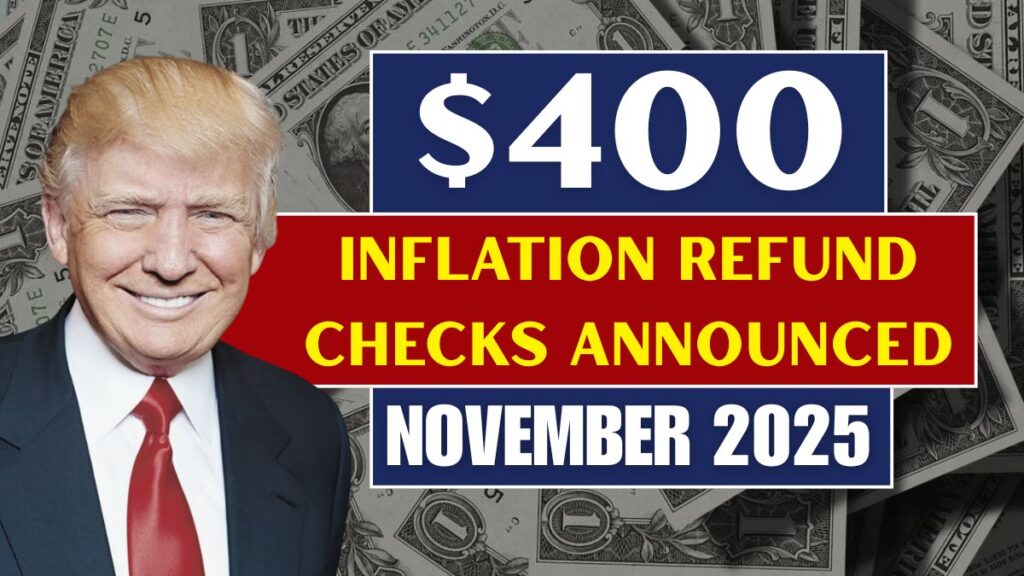The year 2025 is bringing a major change for millions of employees and workers in the United States. After years of demands and debates, the US government has finally made the historic decision to raise the minimum wage. This new wage rate will be implemented nationwide from November 5, 2025.
This change is not just a decision to increase wages, but it is considered a significant step towards social justice, economic balance, and a better standard of living. Amidst rising inflation and the challenges of the cost of living, this decision will directly benefit the country’s working class.
Table of Contents
History of the Minimum Wage in America
The minimum wage in the US was first introduced in 1938 under the Fair Labor Standards Act (FLSA). Its purpose was to ensure that every employee received a minimum respectable wage for their labor.
It has been revised several times in the past decades, but due to rising costs and inflation, the old wage rate was no longer sufficient to meet the needs of employees.
Many economic experts believed that the $7.25 per hour rate was no longer adequate for current basic needs. Therefore, this change in 2025 is considered not only necessary but also a long-overdue reform.
What will the new minimum wage be in 2025?
The US government has announced that the national minimum wage will be increased from $7.25 to $9.50 per hour.
However, it is also worth noting that many states in the US already have higher minimum wages at the state level.
For example:
- States like California, Washington, and Massachusetts already have minimum wages exceeding $15 per hour.
The biggest beneficiaries of this change will be those states where the old federal wage rate was still in effect, such as
Alabama, Mississippi, Louisiana, and South Carolina.
Millions of employees in these states have been working for low wages for a long time, and the new change will bring a significant improvement in their income.
Why was raising the minimum wage necessary?
For the past several years, the cost of everyday necessities in the US has increased significantly. Housing costs:
- Healthcare
- Children’s education
- Food and transportation
The costs of all these have risen sharply, but wages haven’t kept pace, creating a significant gap between income and expenses.
Living on $7.25 an hour was becoming virtually impossible.
The new wage rate will move employees closer to a living wage, allowing them to afford better healthcare, quality education, and a stable family life.
Direct Impact on Employees
The new minimum wage will benefit the following sectors the most:
- Retail Stores
- Hotels and Hospitality
- Fast Food Industry
- Restaurants
- Construction
- Service Sector
A large number of employees in these sectors work at minimum wage.
With the wage increase:
- Monthly income will increase.
- Mental stress will decrease.
- Productivity and efficiency will improve.
- Employees will stay with a company longer, leading to greater stability.
Economists say that happy and secure employees perform better, which also improves the quality of companies.
Challenges for Employers
While this change will be beneficial for employees, small and medium-sized businesses (SMEs) may face some challenges.
- Operating costs will increase.
- Some companies may have to increase the price of their products.
- The possibility of job cuts is also being discussed.
However, these difficulties will not last long. Many economists believe that when employees have more money in their hands, they will spend more, which will benefit local businesses and boost the economy.
State-by-State Impact
Minimum wages are not uniform across all states in the US. Some states already had higher minimum wages for their citizens, while others adhered to the federal minimum wage rate.
The new change:
- Will have less impact in states where higher wages were already in effect
- But this change will be historic in Southern and rural states.
This decision is considered a major step towards reducing regional economic inequality.
Economists’ Opinions
Most economists view this decision positively. They believe that:
- It will increase consumer spending.
- Trade in local markets will increase.
- Businesses of all sizes will benefit.
- GDP growth may be observed.
However, some experts warn that there may be a slight increase in inflation in the initial months. But in the long term, this decision will make the country’s economy stronger and more balanced.
A Boon for Women and Young Workers
A large segment of the American population, including women and young workers, works at minimum wage. These groups will benefit the most from this decision.
- Women will be more financially independent.
- Young students will see an increase in their income, reducing the burden of education loans.
- Life will be easier for young people working part-time.
This change will have a positive impact on both social and economic levels.
Political and Social Reactions
This decision has been a subject of considerable discussion at the political level.
- The Democratic Party considers it a historic step taken in the public interest.
- Some Republican leaders, however, say that it could increase the burden on businesses.
But the general public on social media has welcomed this decision. Most people wrote that this reform should have come much earlier.
The Way Forward: Future Expectations
Raising the minimum wage is not just an economic decision but also a sign of social change.
If the government continues to adjust wage rates in accordance with inflation and the cost of living in the future, then:
- The working class will be stronger.
- Employment will be more stable.
- Poverty will decrease.
- The economy will be more balanced.
This decision can bring about positive changes in both society and the economy in the coming years.
Conclusion: A Step Towards a Better and More Balanced Future
This decision to increase the minimum wage in 2025 sends a clear message that the foundation of any country’s development rests on the strength of its workers.
While this increase in dollars may seem small, it is a new ray of hope for millions of American families. It will improve their standard of living, increase economic security, and make society more just.
In the coming years, the impact of this change will be clearly visible not only in economic statistics but also in the lives of ordinary people.
FAQs
Q. What is the new minimum wage mentioned in the article?
A. It is the updated hourly rate set by the state to help workers keep up with living costs. the California Invasion of Privacy Act (CIPA).
Q. When will the new minimum wage take effect?
A. The updated rate will be implemented on the date announced by the state, usually at the start of the new year.
Q. Who benefits from the minimum wage increase?
A. Most hourly workers, including part-time and full-time employees, unless they fall under exempt categories defined by state law.
Q. Are all cities required to follow the same rate?
A. Not always. Some cities and counties set higher local minimum wages based on local cost of living.
Q. Will small businesses have different rules?
A. In some states, small businesses may have a slightly lower rate, but most are required to follow the standard minimum wage.



















